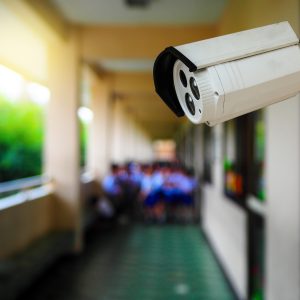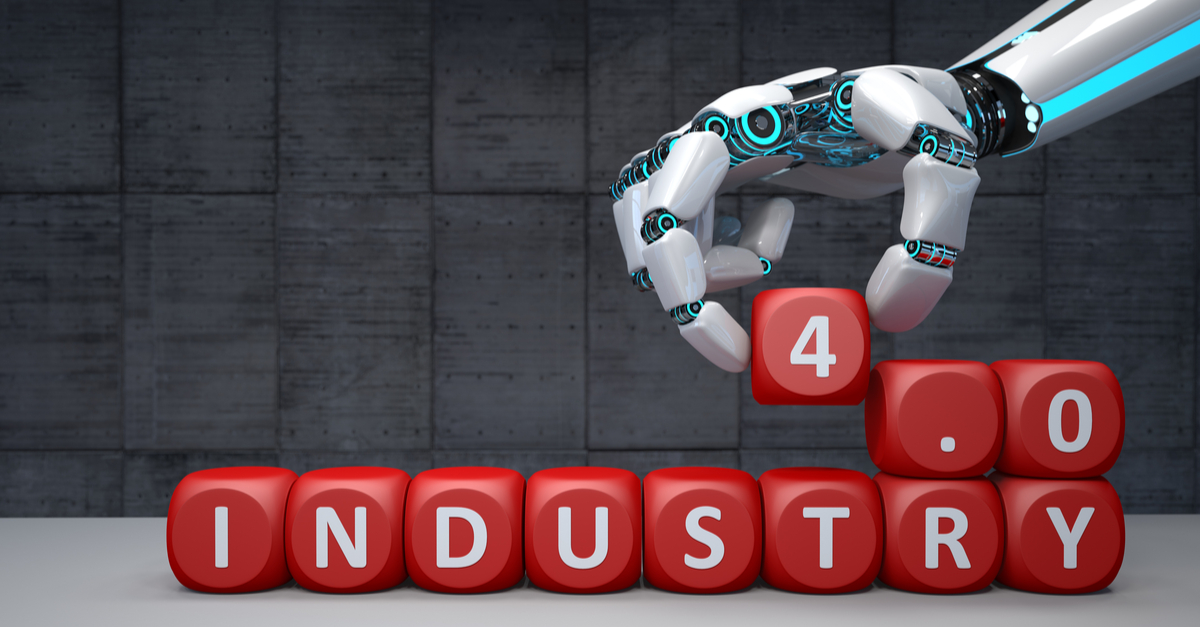Estimated reading time: 2 minutes
Artificial intelligence is all the craze in every industry. Marketers, Business owners, Enterprises, and basically everyone else is formatting AI to fit into their own strategies and tactics. Think about AI right now. What’s the first thing that comes to mind?  Retail chatbots, social media ads, smart home thermostats, and smartphones are just a few of the products that we use on a daily basis, whether we know it or not. The AI Revolution is happening now, with several other vertical industries opening up their acceptance for AI.
Retail chatbots, social media ads, smart home thermostats, and smartphones are just a few of the products that we use on a daily basis, whether we know it or not. The AI Revolution is happening now, with several other vertical industries opening up their acceptance for AI.
Risk Adaptive Access Control
A risk-adaptive, intelligent access control system can monitor key data points, activity and risk levels for an individual or a facility. An employee could potentially be granted access to specific locations throughout their workplace. Such access can also be restricted as well. Safety threats definitely come into play in this circumstance. Risk-Adaptive Access Control systems would recognize this threat and prevent that person from entering the specific area.
AI can aid managers from preventing colossal disasters on the clock. Fire, radioactivity flares, and chemical spills are just a few of the tragedies that can be a danger to employees. Legacy access control systems can provide the fundamental measures for sealing off areas of concern. AI can identify risks before they happen. Combining access control with other smart technologies, like IoT and video analytics, can transform into risk-adaptive security formats.
The AI Revolution & Crisis Prevention
Threats can arise in all shapes and sizes.  Crisis prevention can resolve that. AI-powered emergency management is a tool that helps distill intelligence from Big Data. It can help provide real-time decision support to operators and first-responders in return. When combining with other industry-specific resources, AI-powered emergency management tools can immediately identify victims, buildings, and locations at risk based on severity, type, and area. One can factor in video feeds to link other forms of intelligence to improve overall quality.
Crisis prevention can resolve that. AI-powered emergency management is a tool that helps distill intelligence from Big Data. It can help provide real-time decision support to operators and first-responders in return. When combining with other industry-specific resources, AI-powered emergency management tools can immediately identify victims, buildings, and locations at risk based on severity, type, and area. One can factor in video feeds to link other forms of intelligence to improve overall quality.
In active shooter situations, AI can collaborate with other current tools to play the defensive role. During emergency lockdown procedures on campus, first responders can gain access to the building, with the proper identification modes.  In doing so, they can access video surveillance systems to see inside the hallways before entering the trouble area. Integration with ballistic detection, social media, web feeds, mass notification, and GPS, AI can quickly compile the necessary evidence and forensic records. This documentation, or actionable guidance can urge first responders to boost further visibility and minimize mass chaos.
In doing so, they can access video surveillance systems to see inside the hallways before entering the trouble area. Integration with ballistic detection, social media, web feeds, mass notification, and GPS, AI can quickly compile the necessary evidence and forensic records. This documentation, or actionable guidance can urge first responders to boost further visibility and minimize mass chaos.
Always Prepared
Whether it’s a false alarm or a shooting is truly taking place, it’s always best to be prepared. It’s better to have such equipment and never use it, than need it and not have it. By harnessing the power of artificial intelligence, you can transform your company/school’s security stance and get smart.

